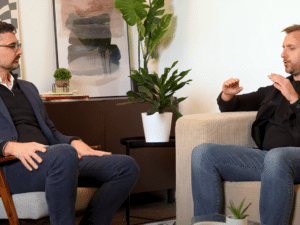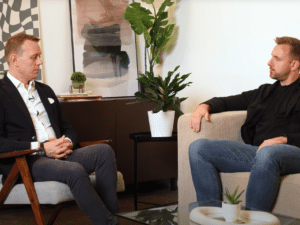Increasing your talent pool: Within the reward, HRIS and HR analytics sector

Whenever we are sourcing candidates for technical roles within reward, HRIS or HR analytics, we often run into the same request from clients – “Can we see some more CVs?”. These roles offer limited candidate pools who possess the technical and analytical skillset, who are personable and can handle challenging stakeholders, who also meet the experience and fit requirements for the role. It is not uncommon for clients to wait several months for a fresh pool of candidates to come back on the market, especially for more senior roles.
Is there a solution?
Yes, there is a solution to this issue. It requires an open mind and some changes to traditional recruitment processes, it supports your business’s D&I agenda and would, almost overnight, open up access to an entirely new set of diverse candidates that your competitors aren’t considering. These candidates will be capable and loyal, and will stick with you for years. The answer is simple: expand your network and promote a more diverse workforce within your business.
We have been working closely with social enterprise Evenbreak since 2019 and have been looking at ways that we can promote this ourselves. We post all of our roles to the Evenbreak site to widen our talent pool and to help talented disabled candidates and inclusive employers to find each other.
Research from Evenbreak has shown the disabled employees are just as capable as their non-disabled co-workers, and typically show more resilience and creativity. Disabled people take fewer sick days than their non-disabled colleagues and typically stay in their roles longer – that is if they feel supported and included.
The number one issue reported by disabled job seekers when finding work is identifying employers that they feel confident to apply to. So how do you attract disabled candidates? Everyone says they are diverse and inclusive, but how do you find out who really is? Who will really understand your disability and the issues you face because of it? It’s not as simple as installing a wheelchair ramp and saying “We are an equal opportunities employer” on your website. You need to ensure you have a diverse and inclusive culture throughout your organisation. An important part of this is to include disabled people in the conversation from the outset. If you are not disabled, not matter how good your imagination is you will not be able to foresee the barriers they may face. Ask for input from disabled people within your organisation, or engage with a D&I consultancy with who has a focus on disability. But, as a basic first step, your commitment to D&I begins at the job advert – simply signposting who disabled candidates can ask if they require adjustments can be a real benefit. How much money would you save if your retention was improved?
Is there anything else you should consider?
You also need to realise that your current recruitment process may not be set up in a way that assesses everybody’s ability on an equal footing. We had a candidate interview for an HR systems role with a non-visible disability. He felt it went well and that he was able to answer the technical questions with confidence, but the feedback we received from the client was “He’s a bit socially awkward.” Well, so what? This is a technical HRIS role, not a relationship management position. In fact, his process-oriented mindset and ability to work single-mindedly on a problem are entirely positive attributes in a role like this. But because he didn’t maintain “proper” eye contact or know how to make small talk, he was not selected for the role… since when have those been necessary skills for maintaining an HR system?
How do you get around this?
Instead of interviewing, you could offer a job trial or ask to see examples of work. You can be open-minded to the fact that disabled candidates may show a spottier work history, and not fit preconceived ideas of what a “good” candidate looks like. As I mentioned above, it’s important to ask disabled people what they would find helpful in making interview processes accessible.
It’s not good enough to get disabled people through the door and then not support them. Your culture needs to be inclusive, as well as diverse. Do you require sign language translators, accessible entrances – or just more understanding from your colleagues?
You shouldn’t see disability as an obstacle to overcome. Some disabilities come with distinct advantages. Autistic people can focus single-mindedly on a problem, dyslexic people may be creative problem-solvers, people with mental health conditions may have incredible resilience. And here comes the important bit…
You are already employing disabled people.
Disability is typically under-reported in businesses. Stigma is very real, and disabled people don’t want people to think differently of them. They’re probably pretty good at managing and don’t see the need to disclose the challenges they face. The chances are you are already hiring people with hidden disabilities – mental health problems, ADHD, dyslexia, autism, vision and hearing impairments… the list goes on. Many of your employees with disabilities will be outstanding performers. Making it easier to employ and support disabled people isn’t as big a change as you think it is.


